Music is something which soothes every person’s mind and is an inseparable part of our lives. You can set music according to your own mood be it soft, rock, romantic etc. Whenever you think about musical instruments the names that appear in your mind are flute, guitar, piano, set of drums, and many other follow. As you all know that these musical instruments are fascinating but the way they are played by the large skilled musicians makes the music a more fascinating thing to hear. The musical instruments which we see being played are familiar to every individual but many people to set their mood of music invented some of the outlandish musical instruments which one can ever think of and neither seen. The list below provides some of those instruments present around the world:
1. Glass Armonica
Also referred as Glass Harmonica, Bowl Organ, or simply Armonica is a type of musical instrument invented by Benjamin Franklin in 1761 which is played by rubbing glass or crystal goblets or bowls in such a size that produces musical tones by means of friction. When Franklin invented his mechanical version of this instrument he named it Armonica due to the Italian word Armonia which means ‘Harmony’ and in English its known as Musical glasses because of the presence of the set of wine glasses filled with water. The Armonica is played by a rubbing wet fingers around the rim of a wine goblet to produce tones and sounds. The rims were even painted according to the pitch of the note. It has a series of a glass bowls on a rotating iron spindle whose tuning is achieved by size selection of each bowl that means the larger the bowl the deeper the pitch. Because of the sound portion is made of glass, this is even is called Crystallophone.
2. Theremin
This musical instrument was named after the westernized name of its own inventor Leon Theremin, a Russian physicist, who produced it in 1928. It is believed to be one of the earliest electronic musical instrument controlled without physical contact from the player. It is controlled by two metal antennas which sense the position of the player’s hands along with sound outputs. Oscillators for pitch is controlled with one hand and volume with the other so it can be played without being touched. The electric signals from the theremin are amplified and sent to the loudspeaker.
3. Nano Guitar
The world’s smallest musical instrument created by Dustin W. Carr in the Cornell Nanofabrication Facility in 1997, the Nano Guitar is just 10 micro meters long just about as long as 1/20th of the diameter of a human hair. It’s 6 strings are 50 nano meters wide each and entire guitar is the size of an average Red Blood Cell that is carved from a grain of crystalline silicon by scanning a laser over a film called a resist. The instrument can be only played by tiny lasers in an atomic force microscope which act as the pick. The Nano Guitar strings produces 17 octaves higher than a normal guitar whose sounds even if amplified cannot not be heard by a human ear.
4. The Didgeridoo
One of the oldest wind instrument in the world, originated around 1,500 years back, the Didgeridoo is a long wooden wind instrument designed by the Indigenous Australians of Northern Australia. At a time only a single drone note can be played with this instrument, but human voices and overtones played into it create variety of musical textures and sounds. A technique which is required by the player to play the Didgeridoo is the continuously vibration of lips to produce the drone while using a special breathing technique called the circular breathing. Musicologists classify it as a Brass Aerophone while some people call it as a Drone Pipe or a Natural Wooden Trumpet. Even till today, this musical instrument is being played in Australia and widespread in other parts of the world.
5. Musical Saw
Also called as a Singing Saw, the Musical Saw is the application of a hand saw as a musical instrument which creates a very ghostly or ethereal tone similar to the Theremin. Under the Hornbostel Sachs system of musical instrument classification, this instrument has been classified as a friction idiophone with direct friction. As compared to the wood-cutting saws, the blades of the musical saws are generally wider, longer and have finer control with no sharpened teeth. A musical saw produces 2 octaves regardless of their length. Alfred Schnittke used the musical saw in a number of his works.
6. The Great Stalacpipe Organ
Located inside the Luray Caverns in the Shenandoah Valley of Virginia, USA, the Great Stalacpipe Organ is considered to be the largest and oldest electrically actuated lithophone in the world. It was designed and implemented by Leland.W.Sprinkle over 3 yrs when he discovered that stalactites inside the caverns produce specific notes and melodic sounds when struck by the mallet. He then invented a organ style keyboard console and wired a mallet for each stalactite that gets activated by pressing the correct key on that instrument’s keyboard whose sounds which are gathered from the stalactites are regulated by the stalactite organ. These stalactites are distributed through 3.5 acres approx. of the caverns but can be heard anywhere within its 64 acre area.
7. Sea Organ
An architectural object and a musical instrument constructed on the edge of the Adriatic Sea in Zadar, Croatia, Sea Organ is the world’s first musical pipe organ that is being played by the sea. The wind and the waves from the sea create harmonic sounds and music by way of tubes located underneath a set of large marble steps. As the waves move in and go out of these tubes, the air is also the same way pushed in and out of the tubes creating random but harmonic sounds that are heard through the openings on the stairs of the structure. This instrument was designed by the architect Nikola Basic.
8. Aeolian Wind Harp
A musical instrument played by the wind is named after the Greek God of the wind Aeolus. The Aeolin Harp is a wooden box including a sounding board with strings stretched lengthwise across two bridges and placed in a slightly opened window where the wind can blow across the strings to vibrate and produce random harmonic frequencies and sounds. These harps comes in various shapes and sizes along with strings made from different materials. Since this Aeolin Wind Harp was produced in the Ancient Greek era, it became a popular household instrument in the Rennaissance period and are still hand crafted today.
9. Bazantar
Invented by Mark Deutsch who worked on the design between 1993 to 1997, the Bazantar is a custom made string musical instrument i.e a 5 string acoustic bass that has an additional 29 sympathetic strings and 4 drone strings attached to it. This instrument produces a melodic sound of about 5 octaves whereas its sympathetic sound stays to 4 octaves. Combining all this results in an interplay between melodic, sympathetic and drone strings which produces an unexpected landscape of resonance sounds which makes it worth in textures.The Bazantar make enables it to maintain more strings at higher tensions than conventional approaches dicatate which distinguishes its tonal character and contributes to its powerful and complex sound.
10. Lego Harpiscord
Planned and made by LEGO enthusiast Henry Lim, with the exception of wire strings, the LEGO Harpischord is entirely built out of LEGO parts such as keyboard, jacks, plectra, hitch pins, nut, lid, music stand, and various other parts which are all built out of interlocking ABS plastic bricks and related pieces. It took him around 2 yrs to plan, design, collect parts and then build this instrument which exerts approximately 325 lbs of tension. Anticipating this tension of the strings, the instrument needed to be built strongly which could incorporate the mechanisms and functions on a lifestyle scale and with the moving parts, it also needed to withstand the repeated demands of the keyboard instrument. Thus, several prototypes of the various sections were changed after which Henry amassed the necessary LEGO parts.

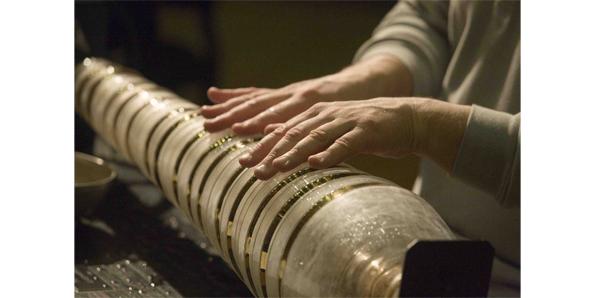
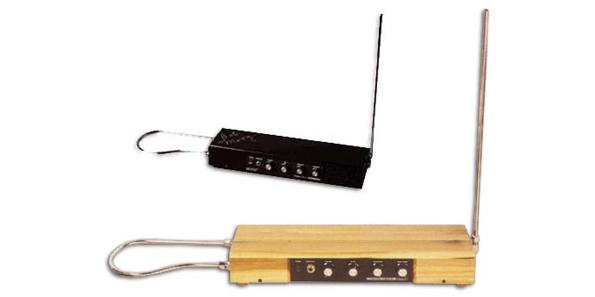
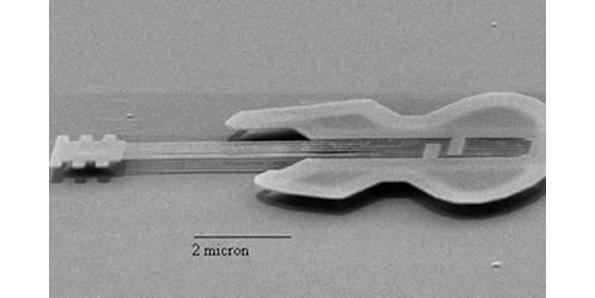
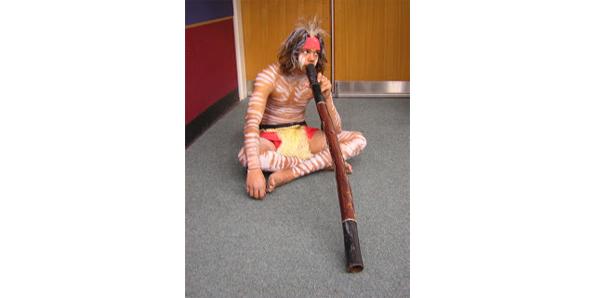

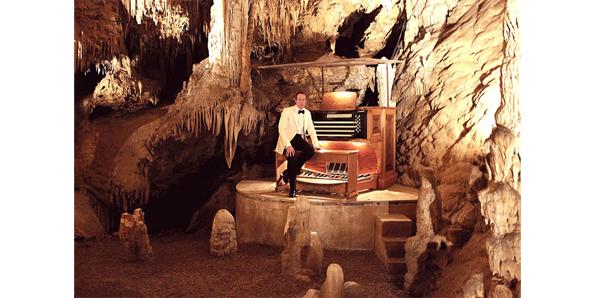
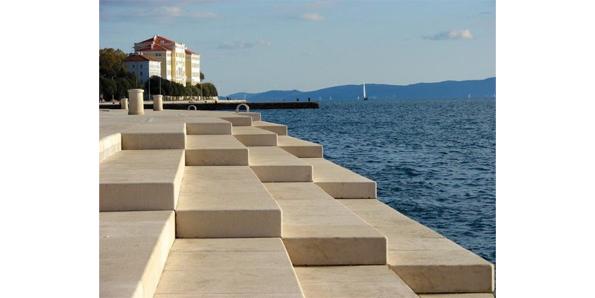
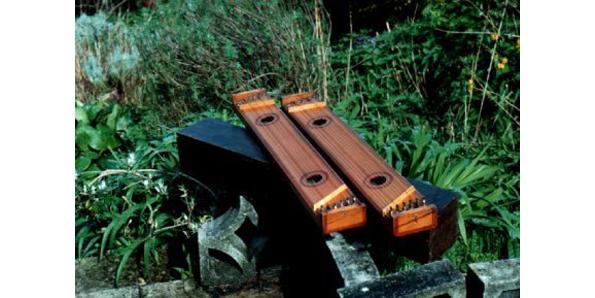
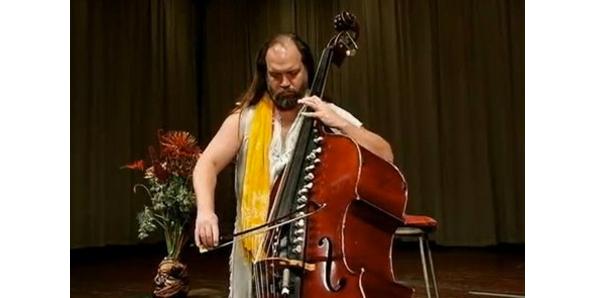
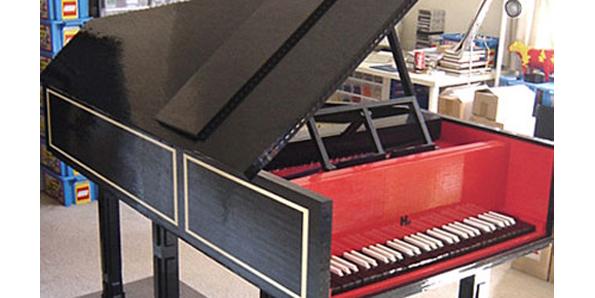
Great list, some can be found here at Guitar Heroes